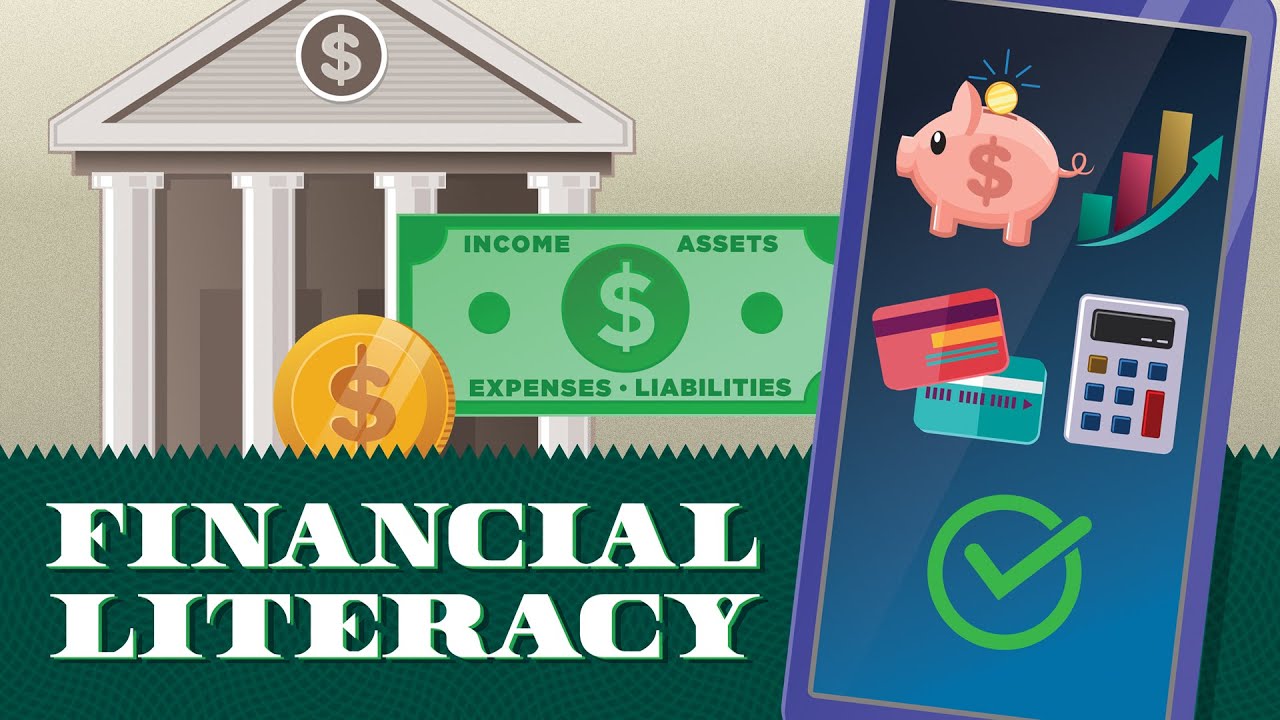SImple Interest
Summary
TLDRThe video script discusses financial management, focusing on calculating simple and compound interest, sinking funds, and amortization. It defines key terms like interest rate, principal, and present value. The formula for simple interest (P * R * T) and future value (P * (1 + R * T)) is explained, with examples provided. The script guides viewers through step-by-step calculations for each concept, emphasizing the importance of understanding financial calculations in managing finances.
Takeaways
- 📚 The discussion is about financial management, focusing on understanding and calculating simple and compound interest, sinking funds, and amortization.
- 💼 Interest is the additional amount that a borrower must pay, calculated as a percentage of the principal amount borrowed.
- 💵 The principal or present value is the initial amount borrowed from a bank or another individual.
- 🔢 The formula for simple interest is I = P * R * T, where I is interest, P is principal, R is the annual interest rate, and T is the time in years.
- 📅 Time can be expressed in days, months, or years, with adjustments made to the formula accordingly.
- 🌐 The future value or maturity value of a loan includes both the principal amount and the interest accrued.
- 💻 To calculate the total amount to be paid back, you can either add the interest to the principal or use the formula FV = P * (1 + R * T).
- 💼 The example provided involves an employee borrowing $60,000 at a 12% annual interest rate for seven months, requiring calculation of both interest earned and total amount to be paid.
- 💻 Another example involves calculating the total repayment amount for a loan of $3,000 at a 9% interest rate over four years.
- 📝 Assignments are given to apply these concepts, with deadlines for submission outlined for the next discussion.
Q & A
What is the main topic discussed in the transcript?
-The main topic discussed is the nature of financial management, specifically focusing on calculating simple interest, compound interest, sinking funds, and amortization.
What is the definition of 'interest' in the context of the transcript?
-In the transcript, 'interest' is defined as the additional amount that a borrower needs to pay for the money borrowed.
What is the difference between 'interest' and 'interest rate' as per the transcript?
-The 'interest' is the actual amount to be paid on a loan, while the 'interest rate' is the percentage rate at which interest is calculated, not the interest itself.
How is the principal or present value defined in the transcript?
-The principal or present value is the amount of money borrowed from the bank or another individual, such as the PHP100,000 mentioned in the example.
What is the formula for calculating simple interest according to the transcript?
-The formula for simple interest is I = P * R * T, where I is the interest, P is the principal value, R is the interest rate per year, and T is the total number of years.
How does the transcript suggest calculating interest if the time period is given in days?
-If the time period is given in days, the transcript suggests adjusting the calculation by dividing the number of days by 365 for ordinary simple interest or by 366 for exact simple interest.
What is the formula to calculate the future value or maturity value of a loan according to the transcript?
-The formula to calculate the future value or maturity value is FV = P * (1 + R * T), where FV is the future value, P is the principal amount, R is the interest rate, and T is the time.
In the example provided, how much interest would an employee earn if they borrowed $60,000 for seven months at an interest rate of 12% per year?
-The employee would earn an interest of $4,200, calculated as $60,000 * 12% * (7/12).
What is the total amount the employee has to pay after 7 months in the example from the transcript?
-The total amount the employee has to pay after 7 months is $64,200, which includes the principal amount of $60,000 and the interest of $4,200.
What is the future value of the money borrowed by Raquel if she borrowed $3,000 at 9% interest for 4 years, as per the transcript?
-The future value of the money borrowed by Raquel is $3,806, calculated using the formula P * (1 + R * T), which is $3,000 * (1 + 0.09 * 4).
What are sinking funds and how are they mentioned in the transcript?
-Sinking funds are a type of financial arrangement where money is set aside at regular intervals to repay debt or to replace assets at the end of their useful life. The transcript mentions that they will be discussed in a future session.
Outlines

This section is available to paid users only. Please upgrade to access this part.
Upgrade NowMindmap

This section is available to paid users only. Please upgrade to access this part.
Upgrade NowKeywords

This section is available to paid users only. Please upgrade to access this part.
Upgrade NowHighlights

This section is available to paid users only. Please upgrade to access this part.
Upgrade NowTranscripts

This section is available to paid users only. Please upgrade to access this part.
Upgrade NowBrowse More Related Video

X - ALL - MATEMATIKA - Bunga Tunggal Dan Majemuk

Matematika Keuangan (Bunga Tunggal, Bunga Majemuk) MATEMATIKA 12 SMA

Kelas XI - Matematika Keuangan Part 1 - Bunga Tunggal dan Bunga Majemuk

Aptitude Preparation for Campus Placements #10 | Simple Interest | Quantitative Aptitude

MGT201 Short lectures || MGT2021 GUESS PAPER || Mgt201 new syllabus short lectures | Mgt201 lectures

Financial Literacy - Full Video
5.0 / 5 (0 votes)